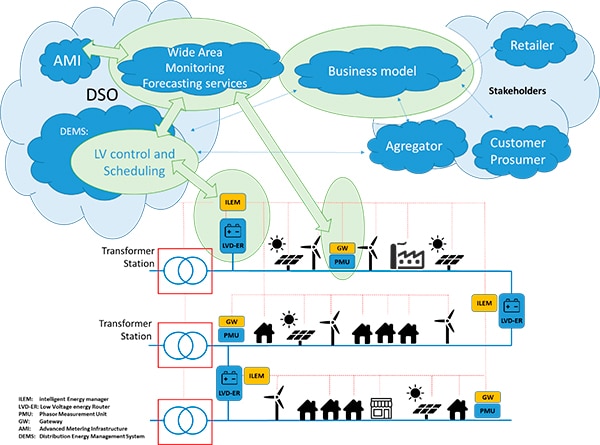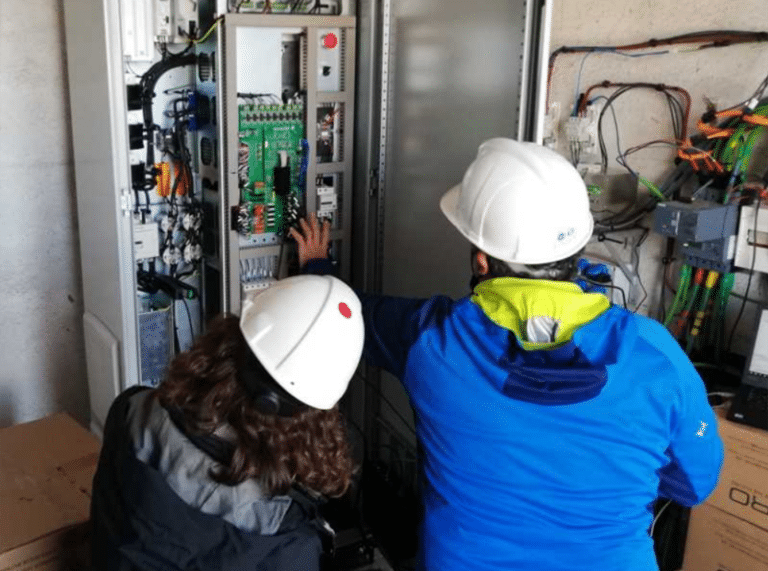From pv magazine Spain
Spain-based CITCEA, a technology transfer center within the Universitat Politècnica de Catalunya (UPC), has developed a new power electronic technology for the management of surplus power in PV installations, which is claimed to be able to combine different storage technologies in a single electronic-based board interface.
The power electronic device is designed to integrate a heterogeneous grouping of storage systems for providing power quality and ancillary services within low voltage grids. It can be connected to the electricity grid and allow the management of the energy generated by a PV system through a set of converters and batteries, which make consumption and injection of surplus solar power into the network more efficient. The technology is said to address maintainability, flexibility, efficiency, fault tolerance, scalability, reliability and controllability to properly operate on the network.
The device is based on algorithms for the prediction of the daily demand and generation of energy and the subsequent planning of the charging and discharging of the batteries. It is said to be able to analyze data that makes it possible to anticipate congestion issues in the network or the variations in voltage that can affect the quality of the power supply for the PV system operator.
“This technology will facilitate the local consumption of renewable energy generation and will avoid the transport of the generated electricity away from consumption, contributing to a much more efficient energy system,” CITCEA said. “The performance of this device will be supported by a better observation of the network and artificial intelligence algorithms that, based on this information, will allow, on the one hand, to predict the demand and generation of energy at critical points of the network and, on the other hand, to optimally operate the grid and the energy flows with different time horizons.”
Popular content

The device was developed through the EU-funded 3-year project Renewable penetration levered by Efficient Low Voltage Distribution grids (RESOLVD), which was launched in 2017. It was coordinated by Spain's Control Engineering and Intelligent Systems (eXiT) and includes, along with the CITCEA, the Institute of Informatics and Applications of the University of Girona (UdG), Spanish power distributor Estonell Distribución, the Joanneum Research research center in Austria, Greek telecommunications company Intracom Telecom, Slovenian technology company Comsensus, and the Smart Innovation Norway research center.
The project was financed with funds from the European Commission, within the framework of the Horizon 2020 program.
This content is protected by copyright and may not be reused. If you want to cooperate with us and would like to reuse some of our content, please contact: editors@pv-magazine.com.



By submitting this form you agree to pv magazine using your data for the purposes of publishing your comment.
Your personal data will only be disclosed or otherwise transmitted to third parties for the purposes of spam filtering or if this is necessary for technical maintenance of the website. Any other transfer to third parties will not take place unless this is justified on the basis of applicable data protection regulations or if pv magazine is legally obliged to do so.
You may revoke this consent at any time with effect for the future, in which case your personal data will be deleted immediately. Otherwise, your data will be deleted if pv magazine has processed your request or the purpose of data storage is fulfilled.
Further information on data privacy can be found in our Data Protection Policy.